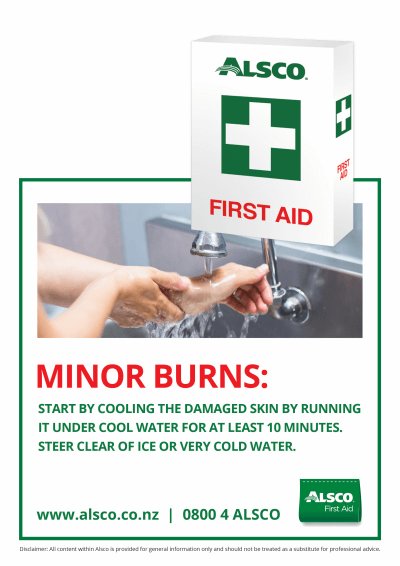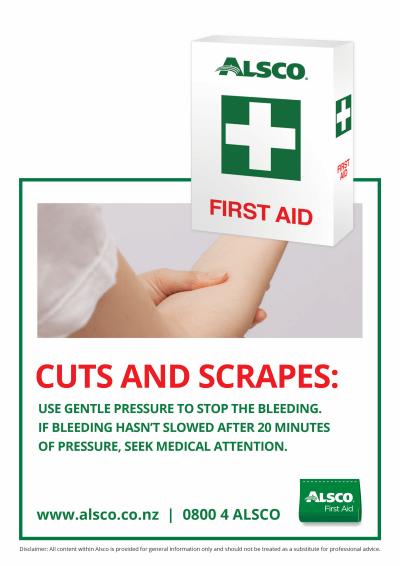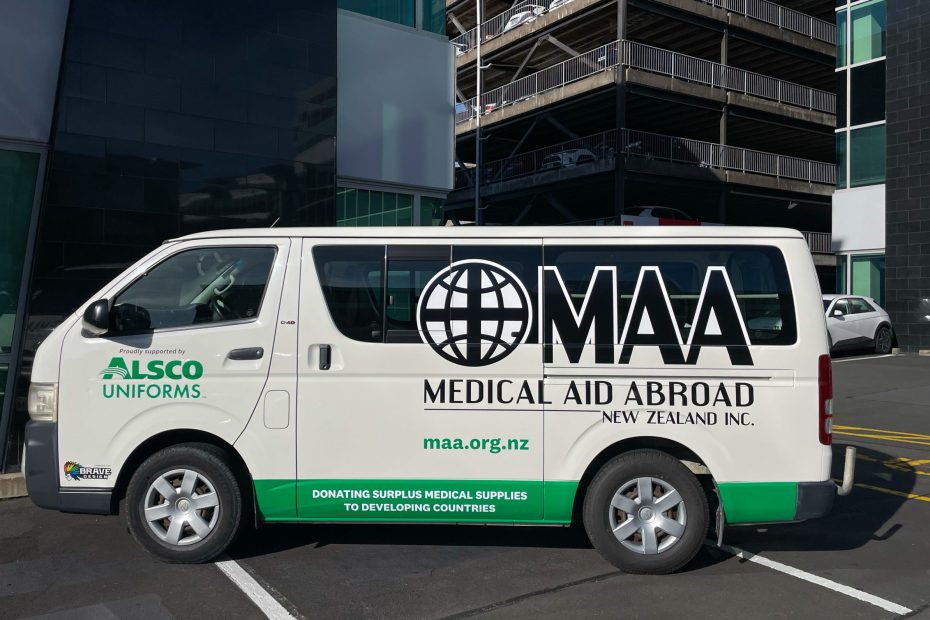First aid qualification means that a person has taken an accredited first aid course and received a first aid certificate. It is important that the course the person is taking is approved by the New Zealand Qualifications Authority.
Courses are offered by the New Zealand Red Cross Society and The Order of St John.
These institutions offer different kinds of first aid courses or qualifications. There are even some courses that can be taken online.
It is up to you to choose the best first aid course for your company and your employees.
However, first aiders will have a hard time administering first aid without the first aid kits, AEDs and other supplies needed for these purposes. Contact Alsco New Zealand to take care of these requirements for you and equip your workplace with the best first aid supplies.
How long does a first aid certificate last in New Zealand?
New Zealand authorities require the refresher training course to be taken every 2 years. That is the only way to keep the certificate current and to update the skills and knowledge of the first aiders.
Sometimes, the refresher course is not taken and the certificate expires. In that case, the first aider should just take the course as soon as possible. However, if three months have passed from the expiry date, the certificate holder cannot take the refresher course but has to take the full, first aid course, like it is the first time.
Once the refresher course is completed, the first aider receives a new first aid course that is valid for another 2 years. If the first aid training provider has deemed that the first aider’s knowledge is satisfactory and their qualifications are entered in the NZQA database.
First aid certifications can be:
- Basic
- Specialist
First aiders can take the basic first aid course, or they can go for specialist training.
What Is A Specialised First Aid Course?
Specialised training is needed for those workplaces that require additional skills from a person who is expected to administer the first aid in case of emergencies.
Which specific skills should be acquired depends on the hazards that are characteristic to the workplace. The employer is the one who determines if these skills are needed. Once this assessment is done, the appropriate institution – the course provider is contacted and requested to tailor the specific course.
Upon completion of such training, a first aider should be able to:
- Identify the nature of the hazard and come up with the ways to deal with it
- Identify the signs and symptoms of exposure to this hazard
- Describe the treatment to the exposure to the hazard
- Understand the mechanisms of such treatment, as well as the side effects
- Demonstrate the use of specialised equipment used for providing specific first aid
- Keep records of incidents caused by the specific hazard
How many first aiders are in the workplace?
Health and Safety at Work Regulations don’t explicitly regulate the number of the first aiders in the workplace. These regulations only talk about the duties of an employer. The employer’s (PCBU) responsibilities are regulated in the following way:
1. A PCBU must ensure that—
(a)adequate first aid equipment is provided for the workplace; and
(b)each worker at the workplace has access to the equipment; and
(c)workers have access to facilities for the administration of first aid.2. A PCBU must ensure that—
(a) an adequate number of workers are trained to administer first aid at the workplace; or
(b) workers have access to an adequate number of other persons who have been trained to administer first aid.3. In complying with subclauses (1) and (2), the PCBU must have regard to all relevant matters, including—
(a)the nature of the work being carried out at the workplace:
(b)the nature of the hazards at the workplace:
(c)the size and location of the workplace:
(d)the number and composition of the workforce at the workplace. – New Zealand Parliamentary Counsel Office
This means that every workplace needs the first aiders unless they have a different, specific type of access to people who are trained in first aid. New Zealand Parliamentary Counsel Office
This may mean the workplace is next to the medical facility or the company is in the medical industry, so most of the employees are trained, medical officers. Perhaps, there is a registered nurse in the workplace. There are other options, as well.
In regard to the details of the workplace-related hazards, size and location, here are the factors that should indicate to the employer that there may be more than one first aider needed:
- Number of employees. The more employees you have, the more first aiders are needed.
- Large probability that injuries or illnesses can happen due to the nature of work.
- Increased number of task specific hazards (working on heights, adventure tourism, heavy machinery, etc)
- Shift work. There should be first aiders in each shift.
What are the roles and responsibilities of a first aid officer?
Health and safety regulations don’t specify the responsibilities of first aiders. They only regulate the PCBU’s duties and one of them is to have first aiders and/or to enable access to first aiders for all employees. However, what is the duty of a first aider is a bit vague.
The obvious answer would be: the role of the first aider is to administer first aid in the case of emergencies. That is clear enough, but is that the only thing that the first aider has to do? This depends from one workplace to another, but here are some of the reasonable duties for a first aider:
- To provide a reasonable level of help in case of emergencies. You cannot expect from your first aider to treat illnesses and administer medication and perform complex treatments that can only be done by a medical professional. You can only expect them to know how to administer the first aid.
- To be able to use the equipment to protect themselves while protecting others. If the first aider is the one that is best at administering first aid, this means that if they are injured, there is nobody else to do it properly. Therefore, it is important for a first aider to be able to take care of themselves, as well.
- To work with PCBUSince the first aider is the person who has the hands-on experience with the first aid in the workplace, their insight is precious. That is why they need to work closely with PCBU and improve the first-aid efforts in the workplace or maintain satisfactory levels.
- To know the location of all first aid kits and first aid equipment. People get confused in the case of emergencies and they can easily forget where the first aid kits are or what is in them. The first aider is trained to keep his head cool and make the most efficient steps to contain the dangerous situation. First aid posters and signs can help.
There are some workplaces in which the first aider is expected to take care of the first aid kits and make sure all the supplies are up to date. This is a bit too much to expect from an employee in whose job description is not workplace maintenance. That is why you should rent Alsco New Zealand first aid kits.
For a monthly flat rate, we offer first aid kits with contents that match your business needs. We also check them regularly and make sure they are always stocked with supplies that are up to date. Get your first aid kits today.








